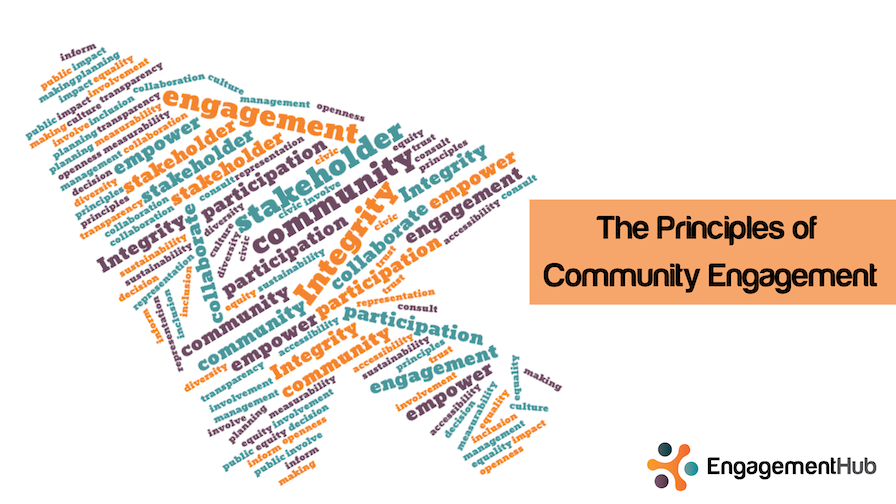Any project can only be successful if the stakeholders are engaged effectively. However, many organisations sometimes underestimate the importance of stakeholder engagement, while others struggle to execute it properly. As a result, they suffer project impacts, loss of trust or even public opposition.
Why do stakeholder engagement plans fail? What goes wrong? Well, to answer this, we will explore key lessons from failed stakeholder engagement efforts and more importantly, how to avoid them – including how cutting-edge stakeholder engagement platforms can make the process smoother, more transparent, and far more effective.
- Ignoring stakeholders early on
The failure:
There are times when major decisions are made in the initial stages of the project, so when stakeholders are brought too late, they feel excluded and resistant to outcomes they had no part in shaping.
The solution:
Engage stakeholders from the beginning. A good stakeholder engagement platform can help you engage them efficiently, so you can invite them into early discussions, and record their inputs onto the platform.
- Treating stakeholders as a monolith
The failure:
Treating all stakeholders the same, whether they are executives or the local residents. This can lead to a one-size-fits-none approach.
The solution:
Use a stakeholder management tool to segment your stakeholders by influence, interest, geography, or priority level. This makes it easier to tailor communication and engagement strategies for different groups, ensuring relevance and impact.
- Over promising and under-delivering
The failure:
To secure buy-in, teams sometimes make commitments they can’t fulfil thus damaging trust and credibility when expectations go unmet.
The solution:
Organisations can use stakeholder engagement platforms to document communications and commitments made to stakeholders; this creates a clear record of promises, timelines, and deliverables, helping teams stay accountable and avoid overpromising.
- Relying solely on one-way communication
The failure:
Stakeholders receive updates but aren’t invited to contribute. This top-down model leaves people feeling unheard.
The solution:
Modern stakeholder engagement platforms offer interactive features like surveys, discussion boards, polls, and feedback forms — encouraging real-time two-way communication. These tools empower stakeholders to voice their opinions and see their input reflected in decisions.
- Failing to Track and Adjust Engagement Efforts
The failure:[Text Wrapping Break]Many organisations don’t measure the effectiveness of their engagement strategy — continuing ineffective approaches because they lack visibility into what’s working.
The solution:[Text Wrapping Break]Leverage stakeholder platforms with built-in analytics and dashboards. These tools can track participation rates, sentiment trends, and communication effectiveness. With data-driven insights, you can pivot strategies in real-time and improve overall engagement outcomes.
In the end, we would like to highlight that stakeholder engagement is not a checkbox but a continuous and evolving process. Talking about failures, these usually stem from poor planning, lack of transparency and outdated methods of communication.
By combining best practices with modern stakeholder engagement software like the Engagement Hub, organisations can make engagement more meaningful, inclusive, and measurable. To know more about Engagement Hub and how it can help you with stakeholder engagement, you can visit the website – https://engagementhub.com.au/





